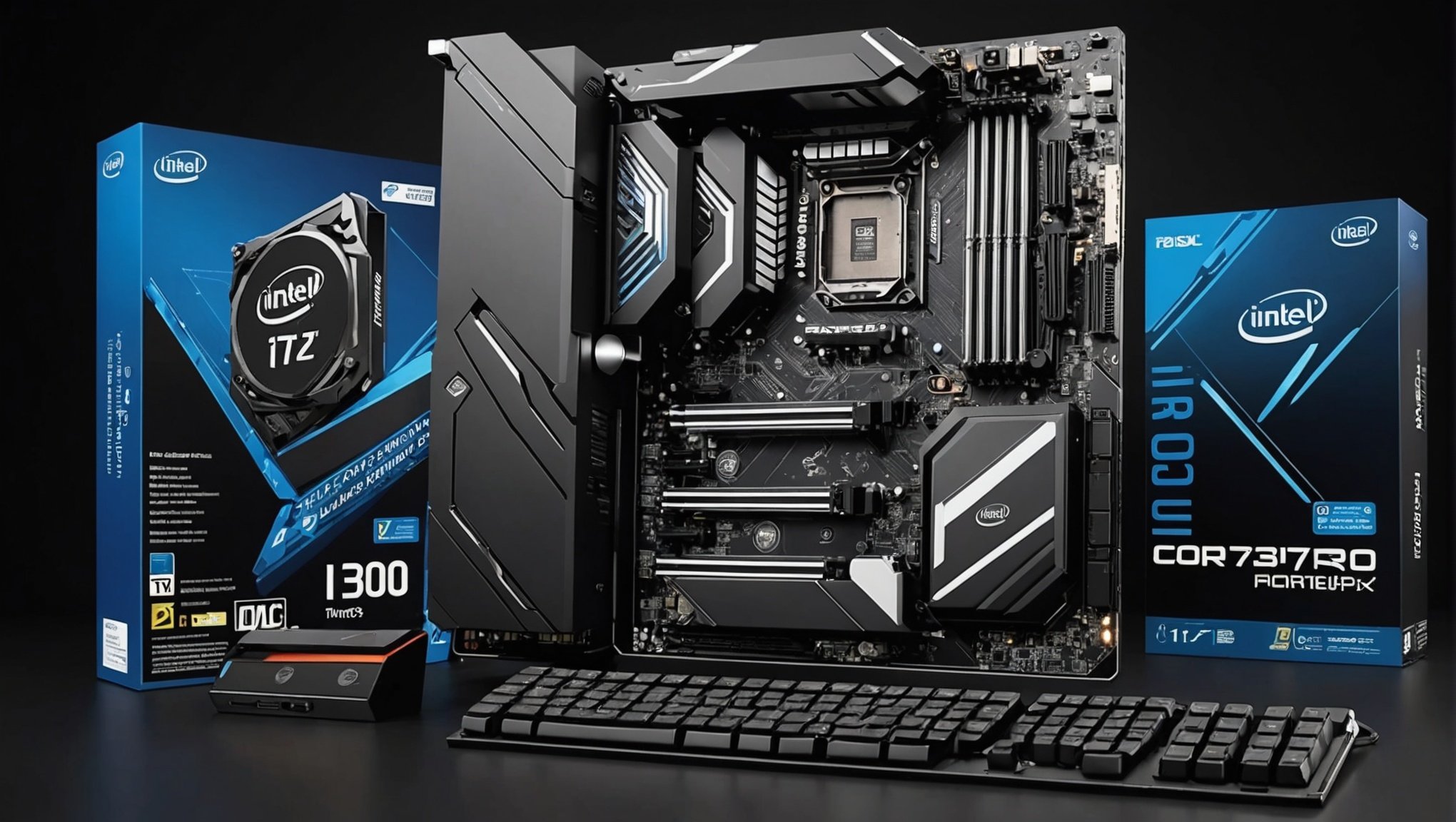As gaming technology rapidly progresses, the need for a high-performance gaming PC becomes increasingly critical. One such configuration comprises an Intel Core i7-10700K processor and an RTX 3070 graphics card, both renowned for their superior performance and reliability. This article guides you through the process, providing a step-by-step approach to setting up a gaming PC that will ensure a smooth, immersive gaming experience.
Choosing the Right Components
Before embarking on the setup process, it is paramount to select the right components that complement the Intel Core i7-10700K and RTX 3070. These components not only ensure optimal performance but also extend the longevity and reliability of the system.
Also read : What are the steps to install and configure a RAID 5 array on a Synology DS920+ for enhanced performance?
Main Components
The central processing unit (CPU) is the heart of your PC. For a high-performance gaming PC, an Intel Core i7-10700K, known for its excellent speed and functionality, is a prime choice. It features eight cores and sixteen threads that enable multitasking without a hitch.
Next, the graphics card, or GPU, is the primary factor in rendering the visuals of your games. The RTX 3070 is a well-rounded choice for most gamers. It offers a high framerate and resolution, ensuring a smooth and visually stunning gaming experience.
This might interest you : What are the steps to set up a dual-boot system with Windows 10 and Ubuntu on a Lenovo ThinkPad X1 Carbon?
Additional Components
Aside from the CPU and GPU, other components like the motherboard, RAM, storage, power supply unit (PSU), and cooling system must also be carefully selected. The motherboard, being the backbone of your setup, should be compatible with both the CPU and GPU. A 16GB DDR4 RAM is recommended for seamless game play. For storage, a combination of SSD for faster load times and an HDD for additional space works best. A PSU with around 650W-750W should suffice to power your system, and a good cooling system, preferably a combination of air and liquid cooling, is crucial to prevent overheating.
Assembling the Gaming PC
Once you’ve accumulated all the necessary components, the assembly process can commence. This step is critical as improper assembly can lead to system malfunction or damage.
Preparing the Work Area
Before starting the assembly, prepare a clean, well-lit workspace. Make sure you have the necessary tools such as a Phillips head screwdriver and an anti-static wrist strap. The latter is used to prevent static electricity from damaging your hardware.
Installing the CPU
Start by installing the CPU on the motherboard. Open the CPU socket by releasing the lever and carefully place the CPU into the socket, aligning the corner with a golden triangle with the corner of the socket that has a similar marking. Once it’s in place, use the lever to secure it.
Installing the RAM and SSD
Next, install the RAM into the designated slots on the motherboard, making sure to match the notch on the RAM with the ridge on the slot. For the SSD, locate the M.2 slot on your motherboard and gently insert the SSD, securing it with a screw.
Installing the Motherboard and Graphics Card
With the CPU, RAM, and SSD installed, you can now place the motherboard into the case and secure it with screws. Afterward, install the RTX 3070 graphics card into the PCI Express slot on the motherboard and screw it onto the case.
Setting up the BIOS and Installing the Operating System
After successfully assembling your gaming PC, the next step is setting up the BIOS and installing the operating system.
BIOS Setup
Upon first booting your system, you’ll be directed to the BIOS (Basic Input/Output System). It’s a firmware that initializes the hardware during the startup process. Here, you can optimize the settings for your specific needs, such as enabling XMP for the RAM to run at its maximum speed.
Installing the Operating System
Once the BIOS is set up, it’s time to install the operating system. Windows 10 is a popular choice for gaming due to its wide range of compatibility with various games and software. You can install it via a USB flash drive or DVD.
Optimizing the Gaming PC
After setting up the operating system, the final step is to optimize your new gaming PC for the best performance.
Updating Drivers
It’s crucial to keep your drivers updated. These are software that allows your operating system to communicate with your hardware. You can download the latest drivers for your Intel Core i7-10700K and RTX 3070 from their respective manufacturers’ websites.
Adjusting Graphics Settings
Lastly, fine-tune your graphic settings to match your preferences. You can adjust these settings within each individual game or through the NVIDIA Control Panel.
By meticulously selecting the components and carefully assembling them, you can set up a high-performance gaming PC with an Intel Core i7-10700K and an RTX 3070 that delivers a top-notch gaming experience.
Maintaining Your Gaming PC
After successfully setting up your high-performance gaming PC, it’s essential to take steps to maintain its performance and longevity. Proper maintenance can ensure that your PC continues to run smoothly and efficiently, providing you with countless hours of immersive gaming experiences.
Regularly Cleaning Your PC
An accumulation of dust in your PC can obstruct airflow and cause overheating, potentially damaging your components and reducing their lifespan. Clean your PC regularly, focusing on areas like the fans, vents, and the heatsink on the CPU. Use a can of compressed air to gently blow away dust from these areas. Cleaning your PC every three to six months is advisable depending on your environment.
Monitoring System Temperatures
Monitoring your system’s temperatures can help detect potential overheating problems that may harm your components. You can do this using various software, such as HWMonitor or Speccy, which provide real-time temperature readings for your CPU, GPU, and other components. If temperatures are consistently high, you might need to improve your PC’s cooling system.
Performing Regular Software Updates
Software updates often provide improvements to performance and security. Therefore, keep your BIOS, drivers, and operating system updated to the latest versions. Remember to back up your data before performing updates, as they can occasionally cause issues.
Building a high-performance gaming PC with an Intel Core i7-10700K and an RTX 3070 is an exciting and rewarding journey. From selecting the right components to assembling them meticulously, to optimizing and maintaining the system, each step brings you closer to owning a gaming machine that delivers exceptional performance and immersive gaming experiences.
However, building a PC is not just a one-time task. It requires ongoing maintenance and updates to ensure optimal performance. As gaming technology continues to advance, you might also find opportunities to upgrade your components, allowing your PC to keep up with the latest games and software.
In conclusion, setting up a gaming PC with an Intel Core i7-10700K and an RTX 3070 can indeed be a challenging but fulfilling task. Nevertheless, the result is a high-performance machine that should allow you to enjoy your gaming adventures to the fullest. Happy gaming!











